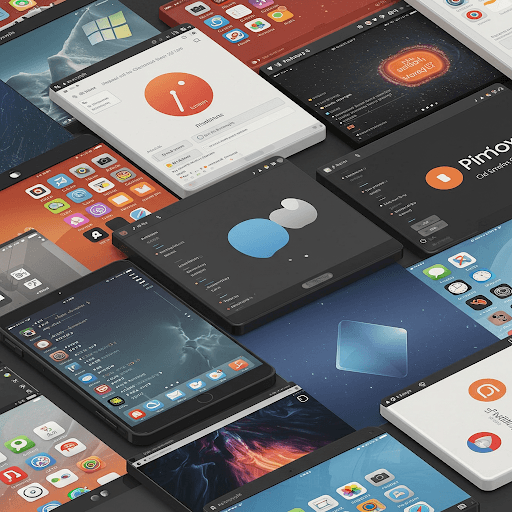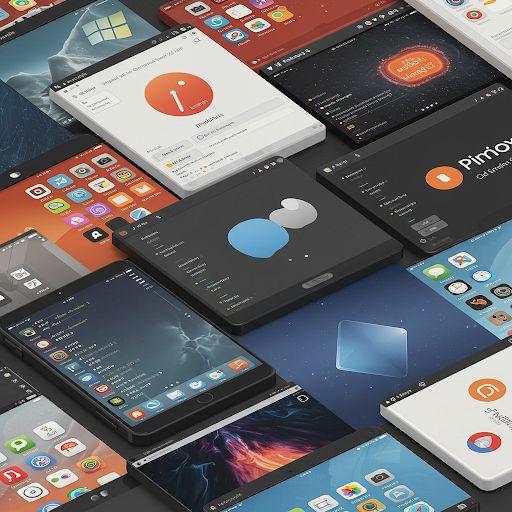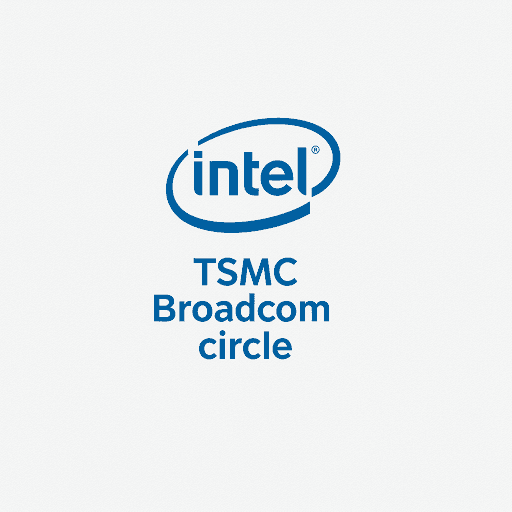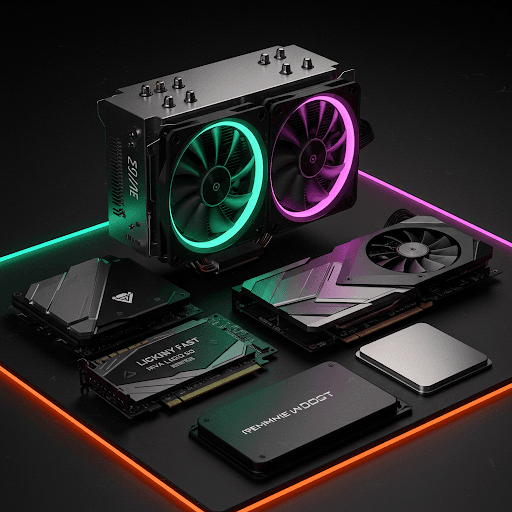What is an Operating System? Definition, Functions, and Examples

Learn about operating systems, their definition, key functions, and types. Explore how OS like Windows, Linux, and macOS manage computer resources efficiently.

What is an Operating System? Definition, Functions, and Examples
Introduction
An Operating System (OS) is system software that acts as an intermediary between the computer hardware and the user. It enables users to execute programs, manage files, and communicate with hardware components efficiently. Without an OS, a computer would be difficult to operate.
What is an Operating System?
An operating system is a software program that controls and manages the hardware and software resources of a computer. It ensures that different applications can run simultaneously without conflicts and provides a user-friendly interface.
Key Functions of an Operating System
Process Management
Allocates system resources to different processes.
Handles process scheduling and execution.
Memory Management
Allocates memory to running programs.
Prevents memory leaks and ensures efficient usage.
File System Management
Manages files and directories.
Provides access control and security.
Device Management
Communicates with hardware devices like printers, keyboards, and storage drives.
Uses drivers to ensure compatibility.
User Interface (UI) Management
Provides GUI (Graphical User Interface) or CLI (Command Line Interface).
Enhances user experience and accessibility.
Types of Operating Systems
Batch Operating System
Executes a batch of jobs without user interaction.
Time-Sharing Operating System
Allows multiple users to access the system simultaneously.
Distributed Operating System
Runs on multiple machines connected via a network.
Embedded Operating System
Designed for embedded devices like smart TVs, ATMs, and IoT gadgets.
Real-Time Operating System (RTOS)
Provides real-time response for critical applications like robotics and aerospace.
Examples of Popular Operating Systems
Windows – Microsoft’s OS for desktops and laptops.
macOS – Apple's OS for Mac computers.
Linux – Open-source OS used in servers and development.
Android – Mobile OS developed by Google.
iOS – Apple's mobile OS for iPhones and iPads.
Conclusion
The Operating System is the backbone of a computer, ensuring smooth interaction between hardware and software. Understanding its functions and types helps in choosing the right OS for personal or professional use.
Would you like to explore Operating System architectures or kernel types in the next blog? Let me know! 🚀









